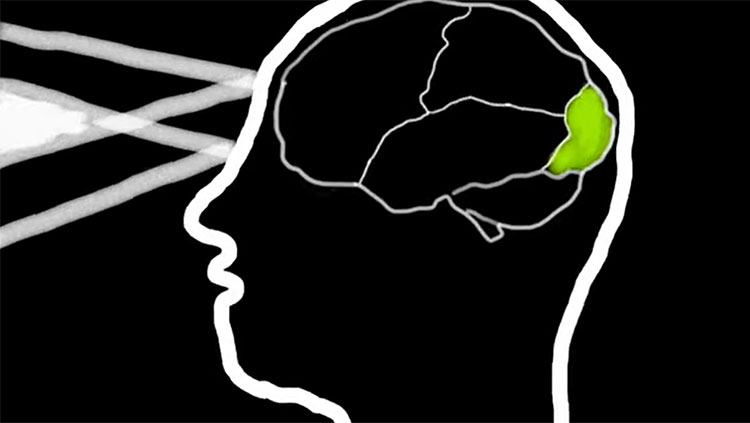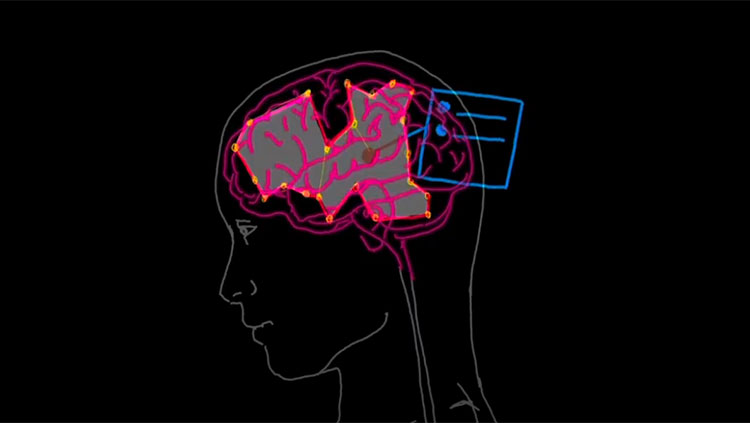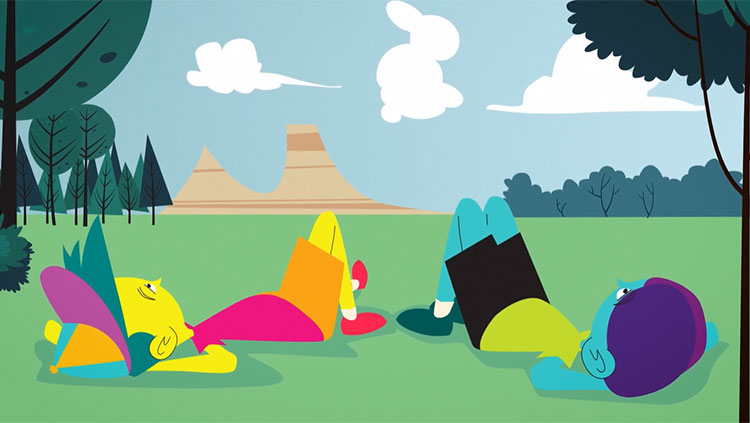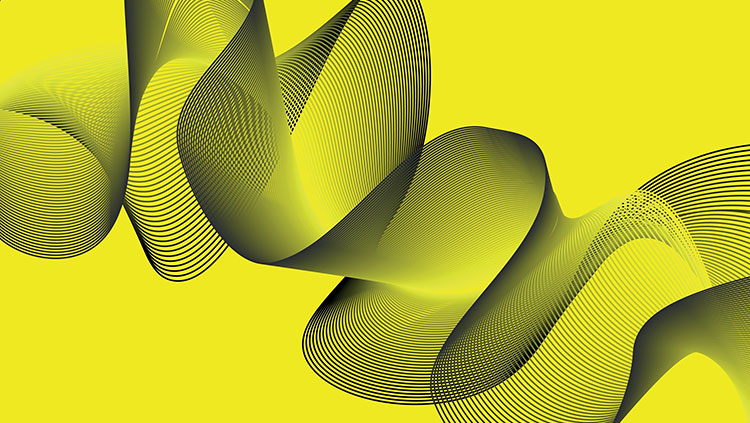Your Amazing Creative Brain
- Published20 Oct 2022
- Source BrainFacts/SfN
Creativity is an innate human trait: The flexibility in our brains, or plasticity, gives us the ability to adapt, learn, and see multiple solutions to a problem. Research suggests that some people have a natural propensity for creativity, and expressing it depends on a person’s interests and environment. But the good news is, because of our brain’s plasticity, creativity can be learned.
This is a video from the 2022 Brain Awareness Video Contest.
Created by Created by María Perlado.
CONTENT PROVIDED BY
BrainFacts/SfN
Transcript
Can you imagine a world without creativity? There would be no buildings, no cars, no books, no clothes, no Internet...
Your Amazing Creative Brain. Creativity is very important, but what exactly is it?
From neuroscience, creativity is defined as a brain process that produces something original, new or different, and that is considered useful or attractive for society.
But what makes the human brain special that differentiates us from other species?
Why don't we see frogs composing music?
Or penguins designing space rockets?
The human brain has an average of 86 billion neurons. These neurons communicate with each other through connections called synapses. Information travels through the axons that are the elongated part of the neurons connecting them with each other as cables.
In most animals, these connections are fixed, leading them to behave on a more automated way.
However, in our brain, we have more flexible connections, which allow us to adapt, learn and consider more possibilities between a stimulus and an action. This flexibility is called plasticity.
The expansion of our prefrontal cortex (which is behind the forehead) has also contributed to this greater neuronal flexibility.
Thus, this human ability to imagine alternative paths enhances creativity. As Steve Jobs said: Creativity is just connecting things. But where exactly is creativity found in our brain? Is it true that it is located in the right side of the brain?
The brain is made up of two hemispheres, which are connected by the corpus callosum.
The belief that the left hemisphere is more analytical and the right more creative is one of the most widespread myths about creativity, but it is not exactly like that. It is true that each hemisphere processes information differently, but no one area of your brain is specifically responsible for creativity. Neuroscience considers that creative thinking is the result of large neural networks that are interconnected throughout the brain.
Research suggests that three brain networks are involved in the creative process: the Default Mode Network, or Imagination network, which is active when you are relaxed, distracted, and the mind begins to wander from one idea to another, making associations. The Central Executive Network is active when you are focused on a task; it is in charge of executing the ideas. These control functions would develop in the prefrontal cortex, which is believed to be the executive center of the creative process. And the Salience Network, which works as a switch between the default and the executive brain networks.
But if we all have brains, and creativity is an innate quality of the human brain, why are some people more creative than others? Can creativity be learned?
Some research indicates that certain people may have a natural propensity for creativity. Certain genes and personality traits can influence plasticity and result in more creativity. But although our biology plays an important role, the product of creativity will depend largely on our passion, our will, and the environment that surrounds us.
Thanks to the plasticity of our brain, creativity can be trained. We can strengthen our neural connections and create new ones.
You are not stuck with the brain you were born with, so exercise it!
Fill it with experiences.
Read.
Travel.
Surround yourself with creative people.
Try to look at things from different angles.
Let your mind wander.
And you will enjoy your amazing creative brain!
Also In Thinking & Awareness
Trending
Popular articles on BrainFacts.org

















